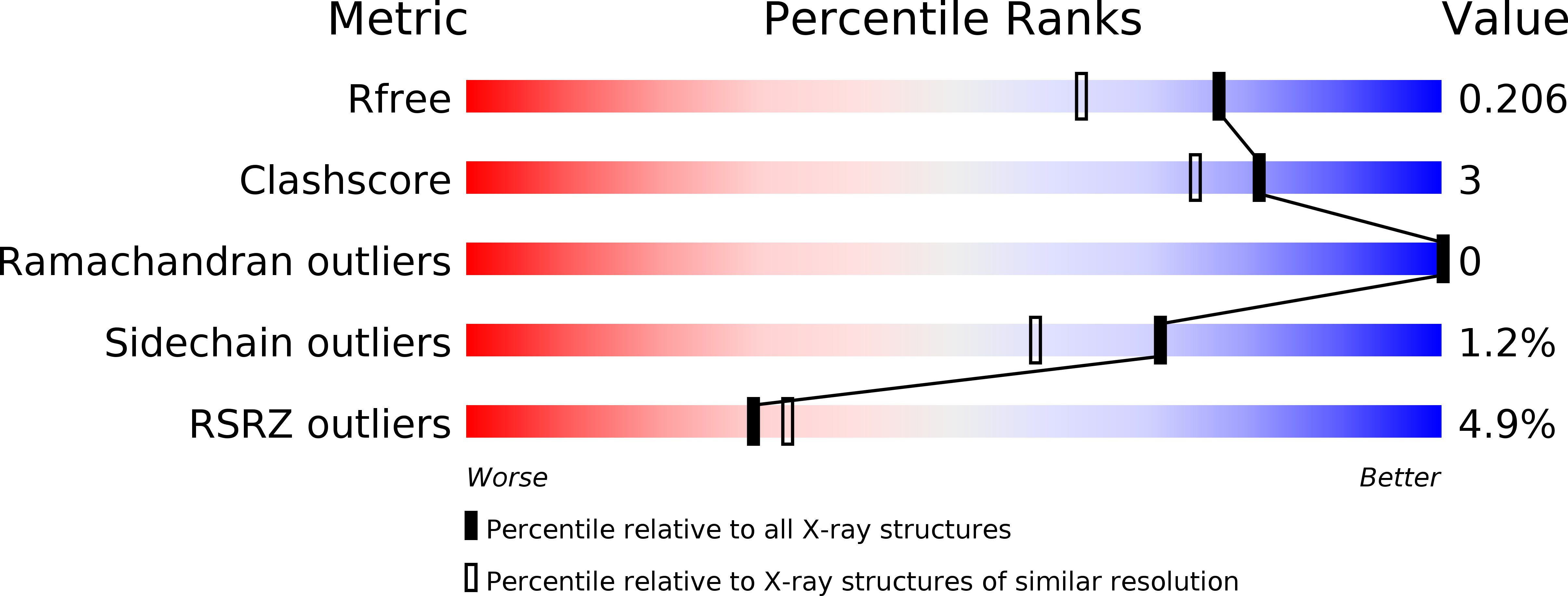
Deposition Date
2013-05-16
Release Date
2013-09-25
Last Version Date
2024-02-28
Entry Detail
PDB ID:
4KRI
Keywords:
Title:
Haemonchus contortus Phospholethanolamine N-methyltransferase 2 in complex with phosphomonomethylethanolamine and S-adenosylhomocysteine
Biological Source:
Source Organism:
Haemonchus contortus (Taxon ID: 6289)
Host Organism:
Method Details:
Experimental Method:
Resolution:
1.72 Å
R-Value Free:
0.21
R-Value Work:
0.17
R-Value Observed:
0.17
Space Group:
C 1 2 1


